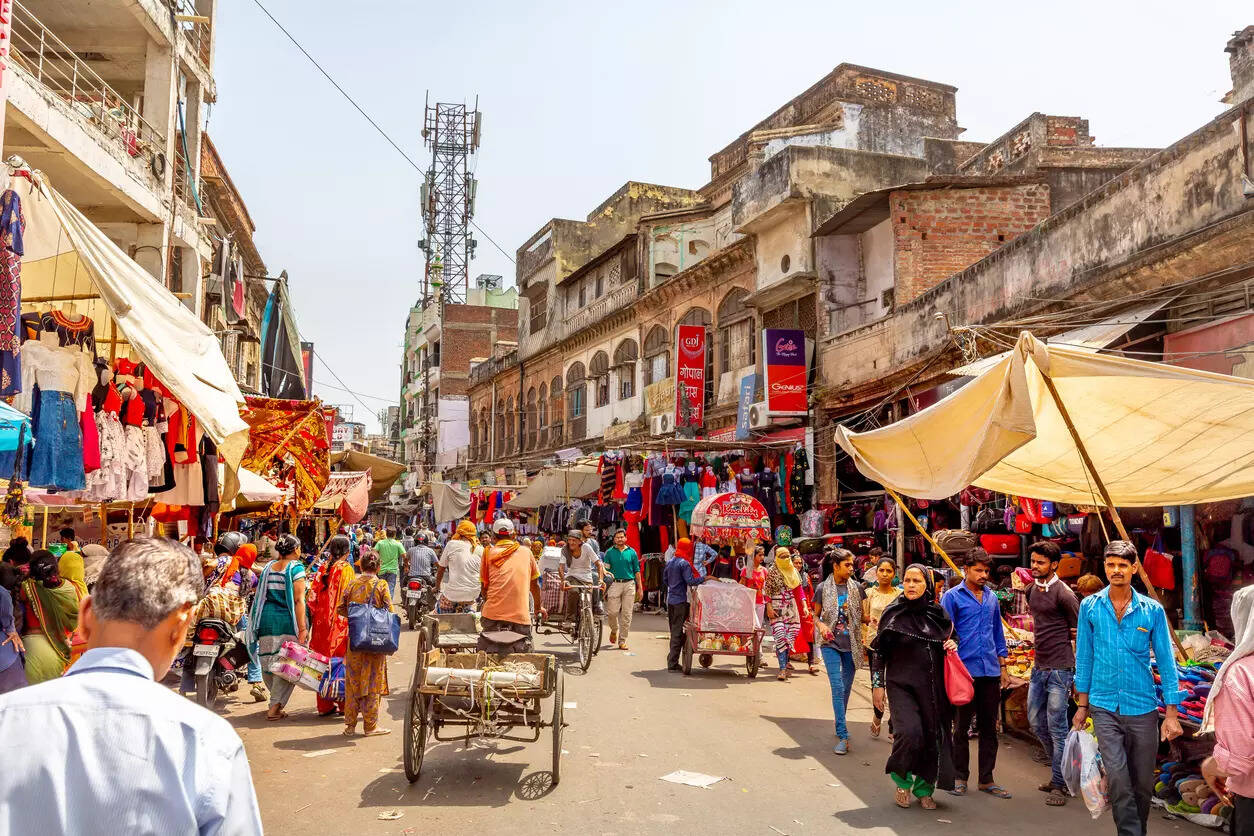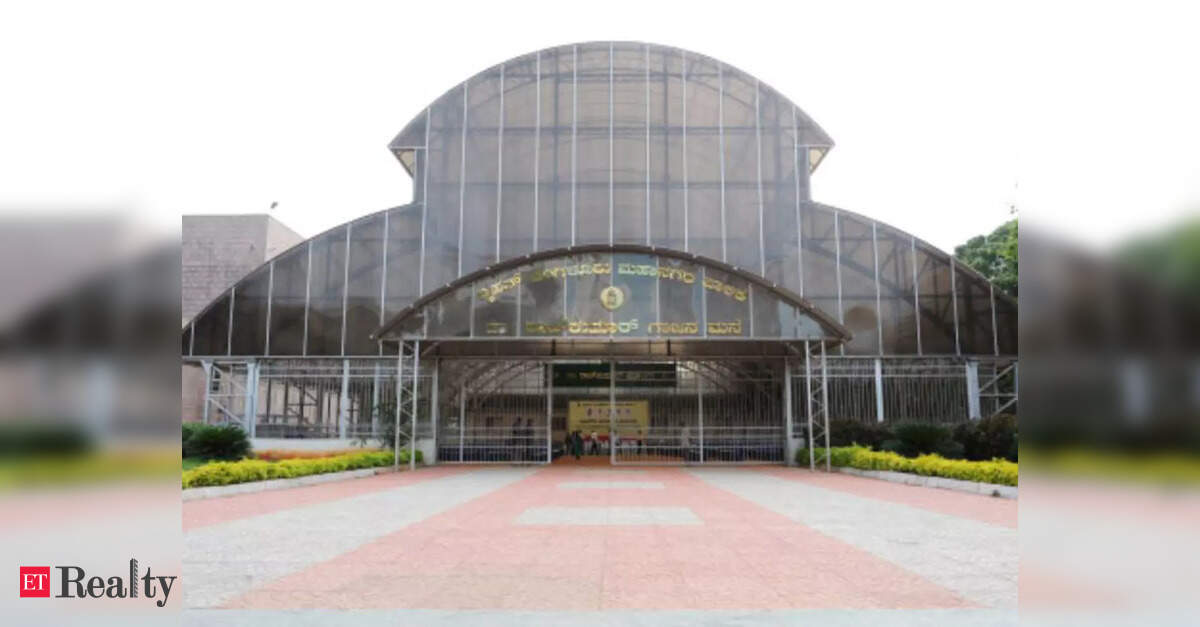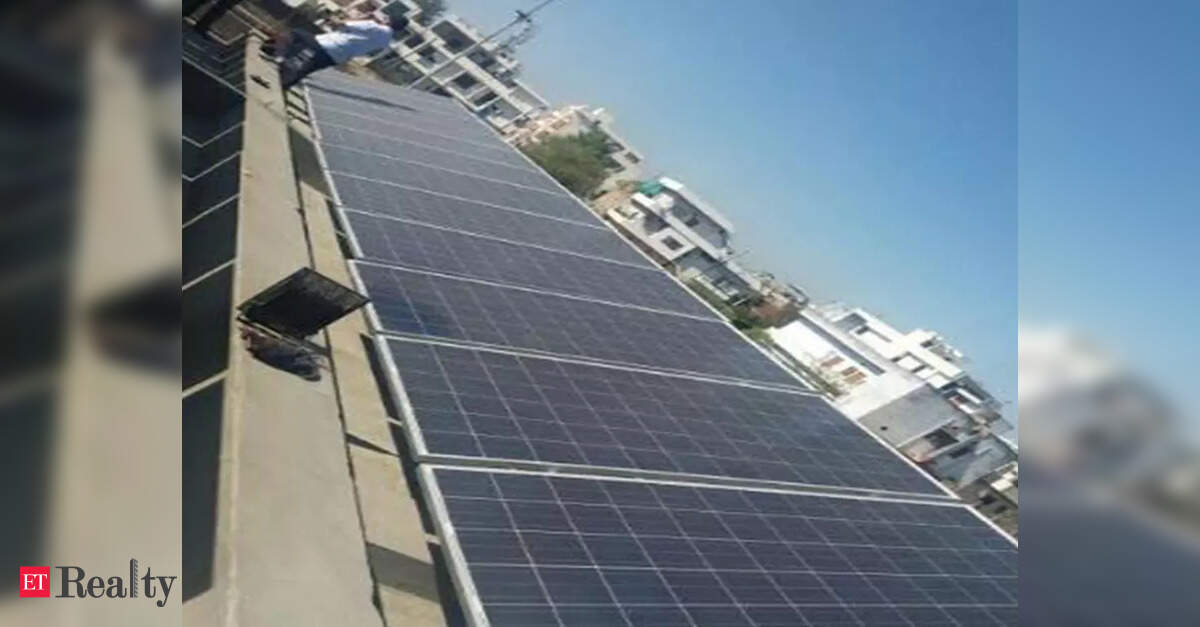
NEW DELHI: Illegal construction has surged in Chandni Chowk and surrounding areas of the Walled City, further complicating the already crowded streets. Many properties are being converted into multi-storey buildings that exceed height limits and reportedly violate regulations, leading to administrative chaos and increasing the potential for structural accidents.
On July 18, the Supreme Court addressed the issue, ordering the sealing of unauthorized constructions in Chandni Chowk and the arrest of those responsible for the violations. The court criticized civic authorities for failing to protect a heritage area from illegal development. The municipal corporation is currently reviewing the court’s directive and has not yet taken further action.
As per the Master Plan of Delhi (MPD) 2021, the MCD was expected to create a redevelopment plan for the Walled City within three years of the plan’s notification in 2007. However, MPD21 wasn’t presented to the Delhi government until 2018-19, and no progress has been made since then.
A government official stated, “This area was designated a special zone because it was established before 1962, before the first MPD was notified. The redevelopment plan included preserving heritage structures and upgrading civic services, given that the narrow roads, sewer systems, and drainage are inadequate for current needs.”
Regarding the redevelopment plan, Urban Development Minister Ashish Sood stated that MPD21 provides specific details for this special area. “We need to review what modifications were made in the redevelopment plan submitted by the MCD and evaluate how they align with our objectives,” he explained.
Local residents have expressed concerns that the delayed notification of the plan has negatively affected the area’s integrity. Many pointed out the impracticality of current building regulations requiring stilt parking due to the narrow 6ft wide roads hindering easy vehicle access.
According to Pradeep Gupta, president of the Chemical Traders’ Association for Khari Baoli, over 50% of area voters have left in the past thirty years due to congestion and rampant commercialization. “This area feels like a cage. Bollards at the entrance of each lane complicate access for emergency services,” he remarked.
Gupta noted that enforcing general building regulations in this area is challenging due to its unique context compared to other parts of the city. “Initially, residents tried to renovate their properties, but upon realizing the government had no intent to redevelop the area, many chose to leave. Furthermore, properties are entangled in numerous legal disputes,” he added.
Dheeraj Dubey, president of the Walled City Residents’ Welfare Federation and a resident of Chandni Chowk’s Rang Mahal locality, shared the difficulties his family faced renovating their 200-year-old haveli. “In addition to needing permission from the heritage committee, we were mandated to use original materials and techniques for restoration without altering the height. Meanwhile, builders seem to easily bypass regulations,” he claimed.
Chandni Chowk MP Praveen Khandelwal acknowledged the issue of illegal construction. “It’s crucial for the MCD to survey the area and consult the apex court to clarify the definitions of legal and illegal structures before taking action against reported offenders,” he stated. “Additionally, a one-time amnesty scheme for those in need—though not for violators—should be implemented, along with the redevelopment plan.”
An MCD official explained that while minor repairs don’t necessitate formal approval, any structural changes or safety modifications in Chandni Chowk and the Walled City do require authority consent. “According to MPD21, basic repair work, such as changing windows or roofing, can be done without permission,” he clarified.
Vishal Pandey, a third-generation resident of Chandni Chowk, shared insights into unauthorized construction practices. “Contractors obtain repair permits, then use them as cover to build entirely new structures with up to five stories in just 2-3 months,” he stated. “This is facilitated through a network involving contractors and officials. Relief is only provided when affected parties approach the court.” He recounted cases where excessive digging for new buildings caused cracks in neighboring properties, which were then deemed unsafe and vacated by municipal authorities. “These buildings are later transformed into multi-storey complexes or homes,” he said.
The MCD stated that building plans are approved provided they adhere to regulations, especially concerning floor area ratios. “For a residential plot of 100 sq yards, a FAR of 350 is permitted, with a maximum of 90 on each floor. For plots exceeding 100 but up to 250 sq yards, a FAR of 300 is allowed, and from 250 to 750 sq yards, a FAR of 215 is permissible,” explained an official.
The official added, “According to a DDA gazette notification from January 17, 2011, unauthorized regularized colonies and village abadis allow full ground coverage without mandated setbacks. However, conditions related to dwelling units, floor area ratios, building height, basements, and other regulations must comply with MPD21.”
An elderly resident voiced concern over adjacent construction to his shop, which was carried out without proper permits and obstructed shared roof access. “Despite legal interventions and notices from the MCD, construction continues unabated,” he lamented.
Khandelwal has scheduled a meeting with RWAs and market associations to address various issues in the area, including illegal construction, on July 25.




